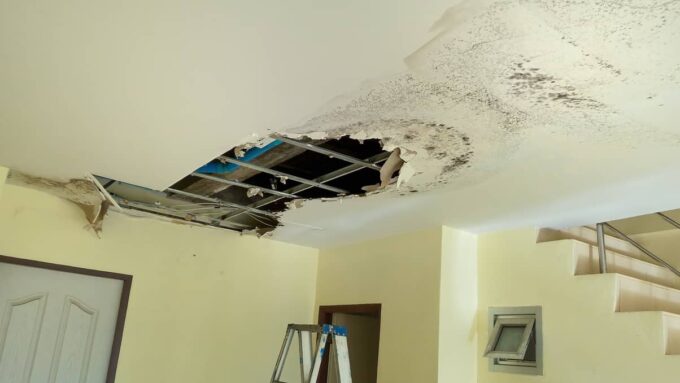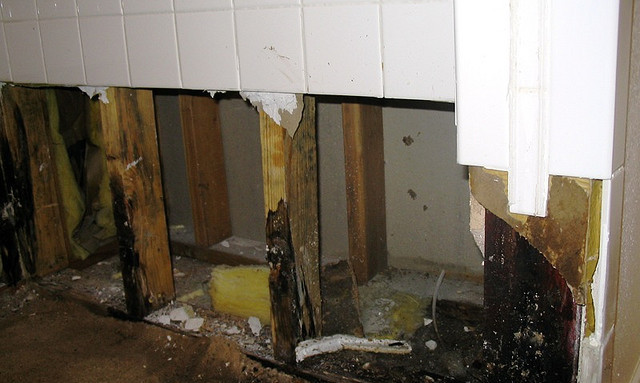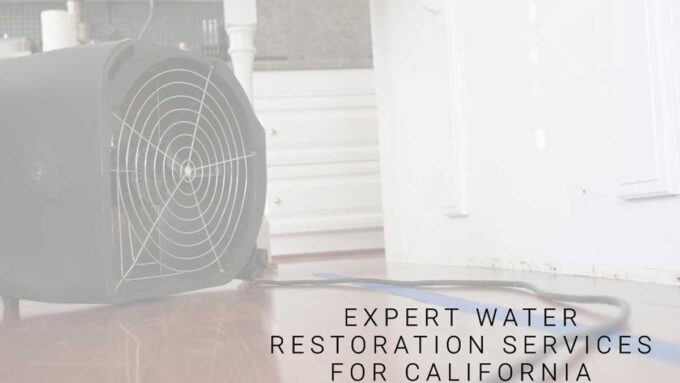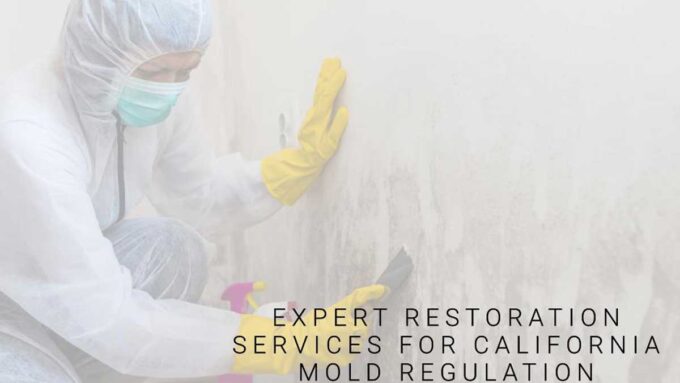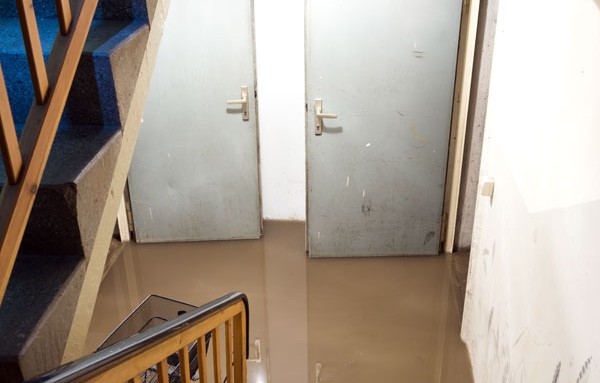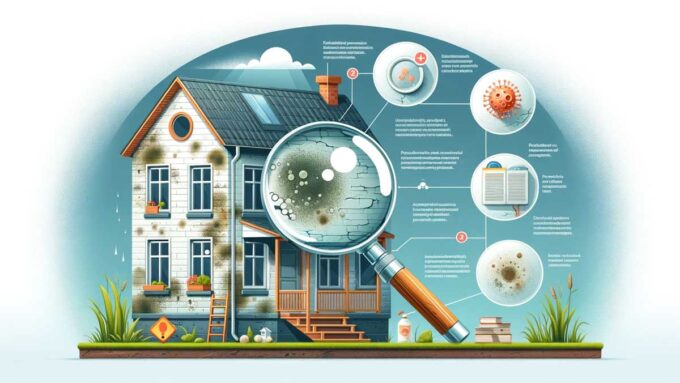One of the primary reasons for calling in a professional water damage restoration company is to thoroughly and safely clean up the damage.
There are a lot of safety risks and potential health risks when dealing with water damage restoration.
One of the biggest safety concerns is the exposure to asbestos during clean-up.
Why is Asbestos a Concern?
Depending on the extent of damage, water can penetrate into previously undisturbed areas where asbestos has been kept contained, sometimes for years.
The water can loosen asbestos particles, which float in the standing water and become airborne. Unless you know what to look for, you’ve been exposed to the very serious health risks of asbestos.
If areas of the building or home need demolition, this will certainly expose any hidden asbestos.
Who’s At Risk?
Back in the day, asbestos was a popular construction and insulation material. In fact, for decades prior to the 1970’s asbestos was commonly used.
Beginning in the 1980’s when the Environmental Protection Agency (EPA) stepped in to regulate the use and handling of asbestos, strict restrictions were put into place.
Although not completely banned in the United States, there is little that can undo what was done decades ago. Construction using asbestos has been sort of “grandfathered in,” and it’s a matter of being aware and taking precautions that professionals take care of water damage restoration.
High Risk Asbestos Areas
Common places to find asbestos include:
- Walls
- Insulation
- Flooring
- Roofing
- Pipes, Plumbing
Asbestos Exposure Risks
Asbestos is so dangerous because the United States Department of Health and Human Services identifies and classifies it as a human carcinogen. A human carcinogen has the potential to cause cancer.
Additional health issues put humans at risk of severe upper respiratory conditions or can make existing conditions worse.
Hidden Risk
Asbestos isn’t a health risk or danger as long as it’s contained and undisturbed. It’s at the time when it’s disturbed, exposed and released into the air that it becomes dangerous.
Events that can send asbestos particles airborne include:
- Demolition
- Remodeling
- Building addition
- Roofing
- Remove/Replace flooring
- Flooding/Water Damage
Additionally, anywhere at risk for hurricanes or the threat of other water damage is at high risk for asbestos exposure.
Safety Measures
Professional water damage restoration specialists are trained at spotting potential asbestos risk factors.
Before beginning any restoration work, a home or building should be tested for asbestos, especially an older structure.
If asbestos is found, an asbestos abatement team need to remove all traces of it, contain and dispose of it prior to anyone is allowed to continue any further work inside.
Conclusion
While tackling a water damage restoration as soon as possible is a high priority, health and safety come first.
If you are at potential risk for asbestos exposure after a water damage event, don’t take chances. Call upon the experts at RCS in Sonoma County for help to assess, address and safely restore your property without the hidden health and safety risks of asbestos.

